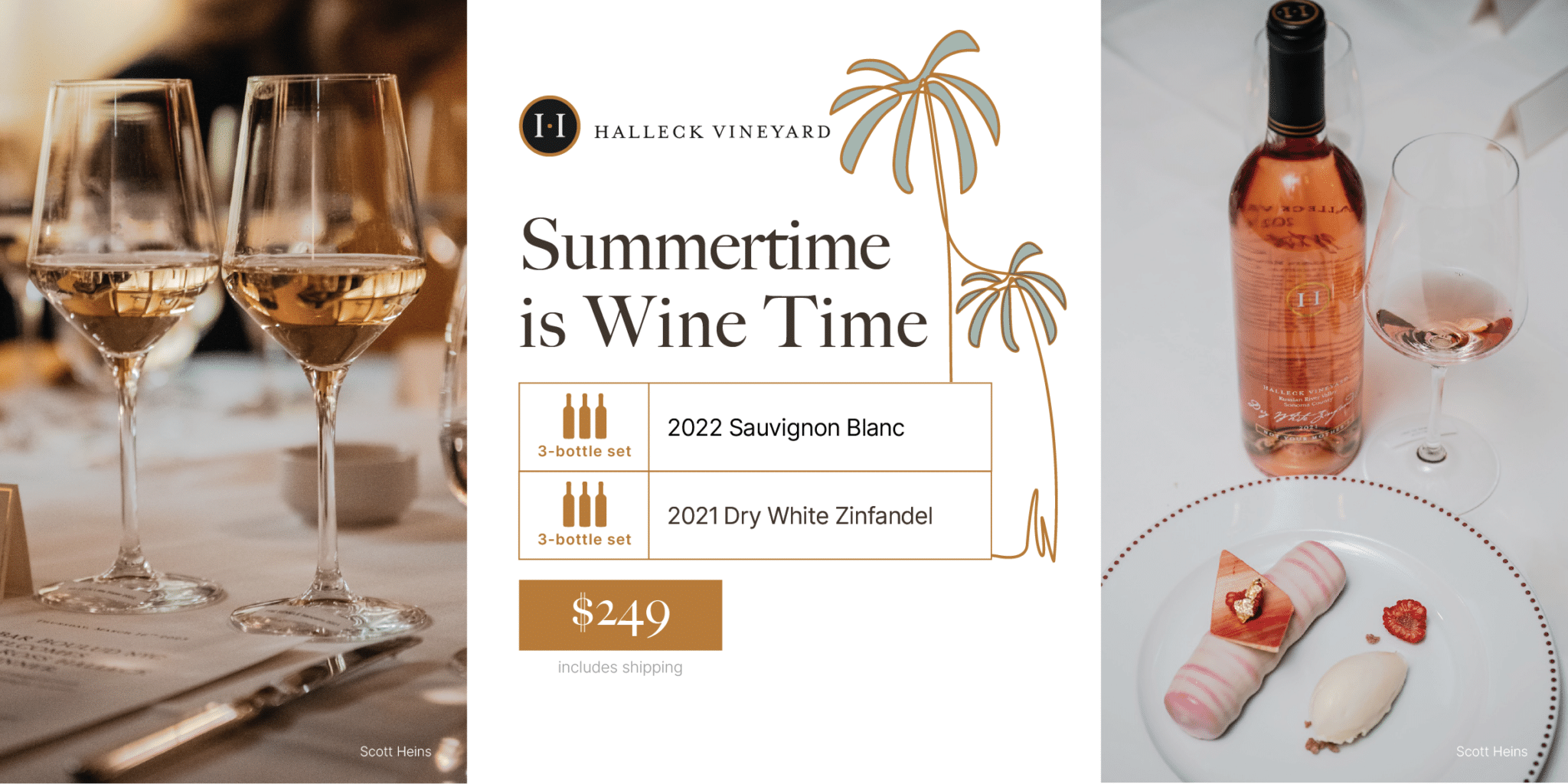Is Sauvignon Blanc Sweet? Unpacking This Diverse White Wine
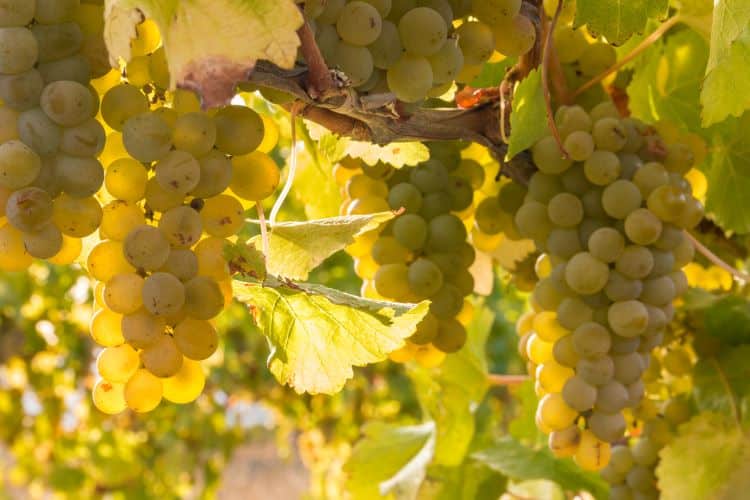
Everyone has different wine preferences. Some people like their wine bone dry, and others like a luscious sweetness to their drink. While trying to track down the perfect white wine, you may find yourself wondering: “Is Sauvignon Blanc sweet?” We’re here to offer an answer.
Whether you like sweet white wine, semi-sweet white wine, or completely dry white wine, there is a Sauvignon Blanc for you. While traditionally dry, Sauvignon Blanc wine can be created with a whole range of sweetness. In fact, some Sauvignon Blanc is sweet enough to be a dessert wine!
But what makes Sauvignon Blanc sweet, and how sweet is Sauvignon Blanc wine? Is Sauvignon Blanc sweet because of the region it’s from, the winemaking techniques, or something else entirely?
Let’s take a look at Sauvignon Blanc wine to understand its diverse range of flavors, and learn when Sauvignon Blanc is dry or sweeter, so you can find the perfect bottle.
What is Sauvignon Blanc and how does it taste?
Sauvignon Blanc is a highly acidic white wine that hails from Bordeaux, France. It found international fame after Marlborough, New Zealand began marketing it, and soon it became a popular choice for vineyards in Chile, South Africa, Australia, and California.
Sauvignon Blanc grapes are actually the 8th most popular wine grape variety in the world. These round, green grapes can survive in a variety of climates and conditions, and take on entirely different flavor profiles depending on the soil, region, and weather.
Because Sauvignon Blanc is so terroir-driven, it can be difficult to describe exactly what Sauvignon Blanc wine tastes like. There are a whole range of flavors, from earthy to herbal, to boldly fruity and tropical. The flavor changes dramatically depending on a multitude of factors including the time of harvest, and even fermentation methods.
If harvested early, you might taste zesty lime or tart gooseberry and the herbal flavors will be more prominent. A more ripe Sauvignon Blanc grape might yield flavors of passionfruit or fresh white peach in the resulting wine.
Sauvignon Blanc wine from the Loire Valley has a smoky, flinty, mineral-like quality, while Sauvignon Blanc from Marlborough, New Zealand is more grapefruity.
Whether Sauvignon Blanc is sweet or dry, it will always display its crisp, bright, refreshing acidity. But why is one Sauvignon Blanc sweeter than another?
Why is Sauvignon Blanc sweet or dry?
The majority of Sauvignon Blanc is dry, which simply means, “not sweet.” In fact, if you compare a dry Pinot Grigio vs Sauvignon Blanc, the former is usually slightly less dry and acidic on average. And, while some may consider Chardonnay to be the driest of dry white wines, some Sauvignon Blanc wines are leaner, crisper, and drier still.
In general, Sauvignon Blanc is dry by design. It is most often fully fermented to eliminate all residual sugar through fermentation. The experience of dryness may be due to its high acidity, and partly to its grassy, herbaceous green notes. These green notes come from pyrazines, which are chemical compounds that can lead to hints of bell pepper, grass, asparagus, jalapeño, and other vegetal flavors.
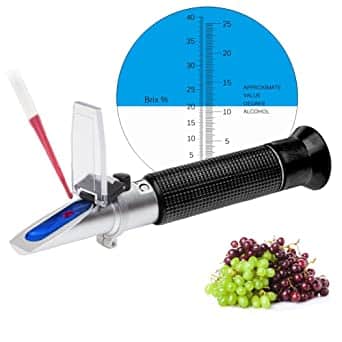
Winemakers make Sauvignon Blanc dry by allowing the yeast to completely convert the grape juice sugars into alcohol during the fermentation process. This results in a drier wine since there are little-to-no residual sugars.
Not all Sauvignon Blanc is dry though. And some may be perceived as sweeter depending on who is drinking it. Everyone experiences sweetness just a little bit differently.
What one person thinks is a sweet white wine could be considered a semi-sweet white wine to others. And, even if the wine is dry, it can seem sweeter because of fruity or floral aromas and flavors. The sensation of sweetness can also be influenced by tannins, acidity, and alcohol levels.
And, some Sauvignon Blanc is quite sweet. This can be due to several factors, primarily the choices of the winemakers. Let’s take a look at just a few reasons Sauvignon Blanc is sweet.
Effects of region
As we mentioned before, Sauvignon Blanc is very expressive of its terroir. Certain wine growing regions produce Sauvignon Blanc that is sweeter than others due to length of time the grapes can remain on the vines to ripen.
Sauvignon Blanc is sweeter when the grapes are grown in warmer climates. That’s because in cool to cold climates, the wines produced have higher acidity and must be picked earlier. Cooler regions also produce wine higher in pyrazines, whereas warmer climates will have riper fruit flavors of passion fruit and guava that can impart more sweetness.
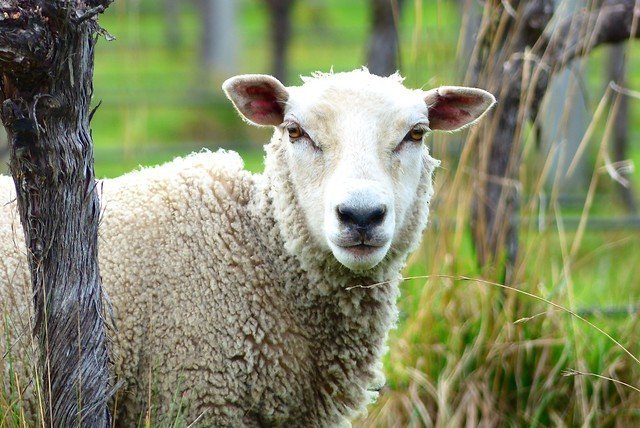
You may be surprised to learn then that many of the sweet white wine Sauvignon Blancs come from cool regions. This is often a necessary balancing act.
The Sauvignon Blanc wines from New Zealand are often extremely acidic. So acidic, in fact, that some sugar is needed to counteract the tartness. The winemakers in New Zealand often choose to leave a bit of residual sugar in their wine for added richness. If they did not, it could be quite austere.
For this reason, many semi-sweet white wines come out of New Zealand. And, some wines sweeter still come from California.
Many Sauvignon Blanc wines from California are bone dry. To see if your Sauvignon Blanc is sweet, check the label. If you see that the wine has around 14 percent alcohol by volume or higher, you can expect it to be dryer.
Effects of winemaking techniques
Residual sugar isn’t only used in Marlborough Sauvignon Blanc Wines. Some winemakers choose to leave residual sugar in their wines to create semi-sweet white wines. And residual sugar isn’t the only way that winemakers can make Sauvignon Blanc that is sweet.

The vessel in which Sauvignon Blanc grape juice is fermented really affects the flavor profiles. Sauvignon Blanc wines are predominantly fermented in stainless steel tanks. This helps to preserve the high acidity and herbal flavors Sauv Blanc is best known for.
If the winemaker chooses to use oak barrel fermentation or aging on their wine, however, it can transform the taste. Contact with oak can add sweet flavors of vanilla, key lime pie, creme brulee, butter, and a hint of spice.
And oaked Sauvignon Blanc can be experienced as sweeter not only because of these dessert-like aromas and flavors, but also because the oak softens the acidity and the green vegetal flavors of classic unoaked Sauvignon Blanc while preserving the lush fruitiness. But the experience of sweetness does not make a wine “not dry.” Dryness is specifically related to sugar content.
Oaked Sauvignon Blancs can be acidic. Even if Sauvignon Blanc is sweet, it still retains good acidity and a full body. But, oak offers a richer, creamier texture. An interesting side effect of oak barrels is that oaked Sauvignon Blanc often improves with age.
So if you are hoping for Sauvignon Blanc that expresses a hint of sweetness, you might look for wines that have been oaked, or that contain an amount of residual sugar.
Effects of temperature
The temperature at which you drink your wine can have a surprisingly large effect on its flavor. If your wine is too warm, you lose out on some of the delicate flavors. If your wine is too cold, say below 50 degrees, the aroma and taste will become muted.
That means a sweet white wine might seem like a semi-sweet white wine, or even an off-dry white wine if you drink it at too cold of a temperature.
So, if you prefer sweet white wine, you may want to chill your wine a bit less, and if you prefer drier white wine, you may like your Sauvignon Blanc at temperatures between 45 to 50 degrees Fahrenheit. Keep in mind, chilling wine below 50 degrees diminishes the flavors. This is true for both good and bad flavors. A finely made Sauvignon blanc is best enjoyed at 55-58 degrees.
Effects of harvest time

As we previously mentioned, the time of harvest really affects the fruit flavors in Sauvignon Blanc. If you harvest early, you will get a more tart, citrusy Sauv Blanc with notes of lime, grapefruit, or mouth-puckering green apple. These wines are typically experienced as dryer because of the acidity.
In a later harvest, Sauvignon Blanc grapes become sweeter. That’s because when grapes are left on the vine through peak ripeness; they can also begin to dehydrate and the sugars become more concentrated. Sweet and semi-sweet white wine Sauv Blancs can be made from these and will usually have more stone fruit flavors or tastes of guava and passionfruit. Again, this is almost entirely related to the winemaking techniques applied. A fully ripened grape is often made into a dry wine by allowing full fermentation.
In certain regions, Sauvignon Blanc wine is made sweet because the winemakers let it develop Botrytis cinerea, the grey fungus also known as “noble rot.” This can produce incredibly sweet white wines and is how Sauvignon Blanc dessert wines are made.
Sauvignon Blanc dessert wine
Sauvignon Blanc grapes are used to make the famous Bordeaux dessert wine, Sauternes. Sauternes wine is typically a blend of Sauvignon Blanc and Semillon or Muscadelle grapes. These grapes have been affected by noble rot.
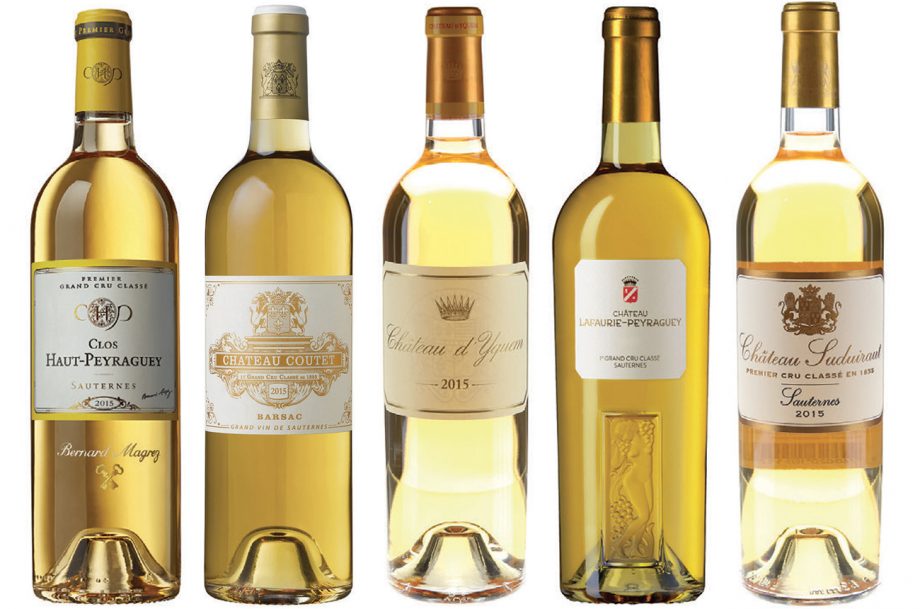
To qualify for the label of Sauternes, wines must have at least 13% alcohol level and pass a taste test to show the Sauvignon Blanc is sweet, and noticeably so. These wines have the potential to age for even over 100 years.
As the wine ages, its yellow color becomes darker and richer. When it reaches the color of a copper coin, you know the Sauvignon Blanc is extra sweet. It will also have developed extra complex layers of flavor. If you like sweet white wine, this might be something you would like to try!
In addition to the infamous Sauternes wine of Bordeaux, many winemakers choose to make dessert wines purely from Sauvignon Blanc grapes. In South Africa, New Zealand, and Chile, you can find vineyards that make late harvest and noble rot wines from 100% Sauvignon Blanc.
These wines will have flavors and aromas of fig, quince, apricot, caramelized ginger, almond paste, and orange peel. This Sauvignon Blanc is sweet, with delicate, bright acidity.
Finding your perfect Sauvignon Blanc wine
By now we hope we have fully answered the question: “Is Sauvignon Blanc sweet or dry?” Sauvignon Blanc wine is anything you want it to be. Halleck Vineyard’s Little Sister Sauvignon Blanc wine is dry, crisp, and acidic by nature, but Sauvignon Blanc can seem sweeter if it is oaked. Late harvest or dessert wines contain high residual sugars, so are definitely sweet.
Sauvignon Blanc is so incredibly diverse that there is a bottle for everyone. In fact, we highly recommend having some Sauvignon Blanc wines at your next get together or virtual wine tasting. You can find bottles in a range of flavors and sweetnesses that anyone can enjoy.
If you do a little research, and read through the wine labels, we are sure you will find a sweet, semi-sweet, or dry Sauvignon Blanc that perfectly suits your tastes.


